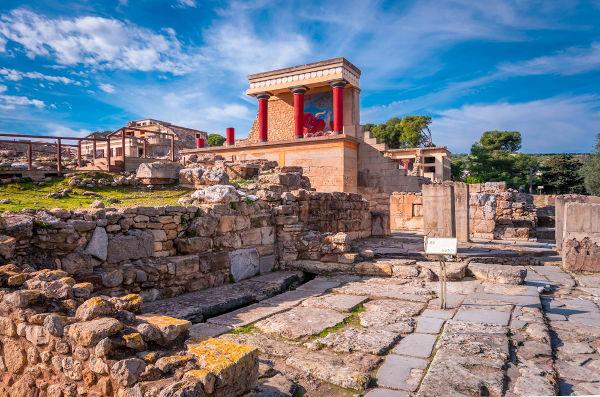The process of occupation of the American continent took place thousands of years ago. Despite the existing consensus regarding this information, there is no exact date recognized by all specialists in the field. If, on the one hand, we have scholars who work with dating to 60 thousand years ago, others prefer to work with the hypothesis that the first American men would have emerged 12 thousand years ago. Amidst so many different traces, accuracy is practically an impossible task.
However, we know that the history of man in the Americas begins in the Lower Paleolithic period, a time that has its fundamental information restricted to the analysis of a specific set of traces. In general, the American man worked with instruments made of carved stone. In addition to using carved stones with one or two faces, groups from that time also built objects with the bones of bison, camelids, mastodons and mammoths.
In the passage from the Lower Paleolithic to the Upper Paleolithic, 17,000 years ago, hunting became a more common practice among human groups. Material proof of this change can be seen in the appearance of arrowheads, knives and other sharp instruments used in the slaughter and cutting of animal meat. It is noteworthy that hunting caused an expansion of the menu of these populations and the adoption of fur as clothing.
Do not stop now... There's more after the advertising ;)
In Patagonia, southern portions of the Argentine territory, cave paintings, remains of bonfire and spear points that evidence the arrival of man in this region about 11,500 ago years old. In addition to hunting, the peoples of this region also supported themselves by collecting seafood and fishing for fish. As on the Brazilian coast, Patagonia is marked by the existence of limestone deposits also known as sambaquis.
In Monte Verde, Chile, we have a rich archaeological site where specialists found wood remains, medicinal plants, tools and human footprints. The high number of remains in this location is explained by the formation of peat, a fossilized organic material capable of preserving prehistoric remains found in the region. According to estimates, the Monte Verde fossils would be between 13,500 and 11,800 years old.
By Rainer Sousa
Graduated in History
Would you like to reference this text in a school or academic work? Look:
SOUSA, Rainer Gonçalves. "American Prehistory: Paleolithic Period"; Brazil School. Available in: https://brasilescola.uol.com.br/historiag/pre-historia-da-america.htm. Accessed on June 27, 2021.



